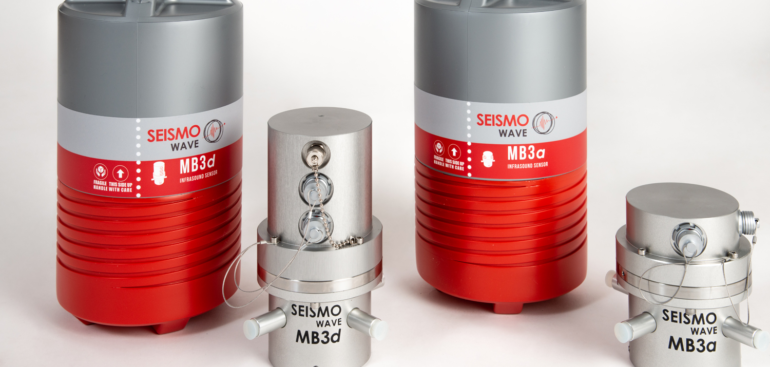In the world of environmental and geophysical monitoring, infrasound sensors play a pivotal role in detecting low-frequency sound waves emanating from natural or man-made sources. These sensors capture invaluable data that can be used for monitoring volcanoes, detecting avalanches, or even tracking artificial explosions.
However, the raw data from these sensors, often stored in digital counts by dataloggers, require conversion into physical units (Pascals) to be meaningful for analysis and interpretation. This article provides a comprehensive guide on how to perform this crucial conversion.
Understanding the Signal Path
The journey of an infrasound signal from physical pressure changes to digital data involves several stages, including the sensor itself, potential preamplification, and finally, analog-to-digital conversion (ADC) by a datalogger. Each stage influences how the final digital count corresponds to the actual pressure change it represents.
Key Components
1. Sensor Sensitivity: Defined typically in V/Pa or mV/Pa, this parameter indicates how much voltage change the sensor produces for a given pressure change. It’s a fundamental characteristic that varies between sensor models.
2. Datalogger ADC Resolution: The ADC’s role is to convert the analog voltage signal from the sensor into digital counts. The resolution of the ADC (e.g., 16-bit, 24-bit, 32-bit) determines the granularity of this conversion, affecting the precision of the digital data.
Conversion Steps
The process of converting digital counts to Pascals involves two main steps
- From Counts to Voltage: First, the raw count values are converted to voltage using the formula:

Here, the ADC Offset is the count value for 0 V input, ADC Max Count are based on the ADC’s bit resolution, and Voltage Range is the full-scale voltage range the ADC can measure.
- From Voltage to Pressure: Next, the voltage is converted to pressure using the sensor’s sensitivity:

This step requires careful attention to unit consistency, especially when converting mV to V.
Practical Example
Let’s go through a clear example of converting digital count values from a datalogger connected to an infrasound sensor into physical pressure units (Pascals). This example will illustrate the step-by-step process using hypothetical yet realistic values for an infrasound monitoring setup.
Example Setup:
- Infrasound Sensor Sensitivity: 50 mV/Pa (millivolts per Pascal)
- ADC Resolution: 24-bit
- Voltage Range of the ADC: ±2.5V (total range 5V)
- Raw Count Value from Datalogger: 10,000,000 counts
- ADC Max Counts: The maximum count value for a 24-bit ADC is 2^24=16,777,216 counts.
- ADC Offset: For a bipolar signal range (±2.5V), the offset (the count corresponding to 0V) is half of the ADC’s maximum count, which is 16,777,216/2=8,388,608 counts.
Step 1: Convert Counts to Voltage
First, we convert the raw count value to voltage using the formula:

Step 2: Convert Voltage to Pressure
Now, we convert the voltage to pressure using the sensor’s sensitivity:

In this example, a raw count value of 10,000,000 from the datalogger corresponds to a pressure change detected by the infrasound sensor of approximately 9.58 Pascals. This process demonstrates how to translate the digital data captured by a datalogger into meaningful physical measurements, allowing researchers and technicians to analyze and interpret infrasound signals accurately.
Important Note: Calibration factors not discussed here (e.g., corrections for frequency response, temperature effects) might also be necessary depending on the precision required for your application. Always refer to the sensor and datalogger manuals for the exact parameters and formulas relevant to your specific setup.
Conclusion
Converting digital counts from an infrasound sensor datalogger to Pascals is a critical step in processing and analyzing infrasound data. Understanding the sensor’s sensitivity and the ADC’s characteristics is essential for accurate conversion. This guide provides a foundational approach for researchers and technicians working in fields where precise environmental monitoring is crucial. By following these steps, one can transform raw digital counts into meaningful physical measurements, unlocking the potential to analyze and interpret infrasound signals for various applications.
Click HERE for our infrasound web pages for your infrasound sensor and software needs.
Questions? Contact us at support@quaklogic.net

